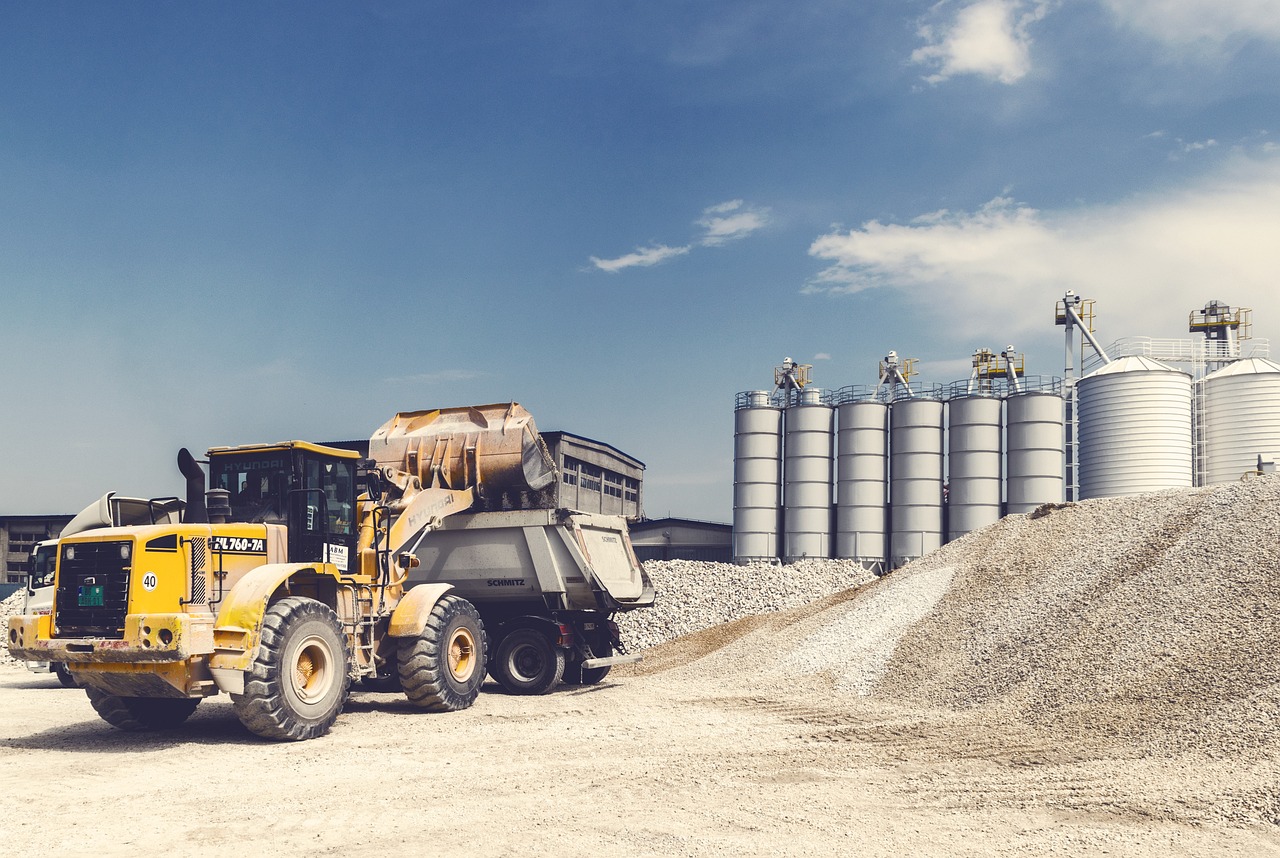
Machinery has revolutionized industries and productivity, redefining work and living methods since ancient times, demonstrating its significant role in human history.
Ancient civilizations revolutionized daily tasks with tools like the wheel and lever. Egyptians used ramps and pulleys to build pyramids, emphasizing mechanical advantage. Over time, these principles expanded, leading to complex inventions like the water wheel and windmill. These early machines harnessed natural forces, making farming and construction more efficient and less labor-intensive.
The Industrial Revolution, originating in the late 18th century, revolutionized machinery use, leading to the invention of the steam engine and the rise of factories. This increased productivity, improved product quality, reduced costs, and made goods more accessible to the public.
Today, machinery in manufacturing has become incredibly advanced. Automation and robotics streamline production lines, enabling higher efficiency and precision. Machines like CNC (Computer Numerical Control) tools can create complex parts with minimal human intervention. This precision leads to higher quality products and reduces waste. The adoption of IoT (Internet of Things) technology allows machines to communicate and coordinate with each other, further optimizing manufacturing processes. Modern factories can produce a wide range of products at speeds unimaginable even a few decades ago. This technological progress is a key driver of the global economy, influencing everything from automotive to electronics industries.
Machinery has transformed agriculture from labor-intensive to highly efficient production. Tractors, combine harvesters, and irrigation systems have drastically reduced the time and effort needed to cultivate and harvest crops. Modern agricultural machinery is equipped with GPS and automated steering, enhancing precision and productivity. These technologies allow for more efficient use of resources like water and fertilizers, leading to sustainable farming practices. Machinery also enables large-scale farming operations, which contribute significantly to global food supply. As technology evolves, machinery continues to play a crucial role in meeting the growing food demands of the world.
In construction, machinery has made significant contributions to how we build infrastructure. Equipment like cranes, bulldozers, and excavators allow for faster and safer construction of buildings, roads, and bridges. Advanced machinery can perform tasks that would be impossible or too dangerous for human workers. Technologies like 3D printing are beginning to be used in construction, enabling the creation of structures with unique designs and material properties. This machinery not only speeds up the construction process but also improves the quality and durability of buildings. The construction industry continues to evolve with new machinery, making it possible to undertake projects of unprecedented scale and complexity.
Machinery has revolutionized healthcare, improving patient outcomes and making medical procedures more efficient. Diagnostic machines like MRI and CT scanners provide detailed images of the human body, aiding in accurate diagnoses. Surgical robots allow for minimally invasive procedures, reducing recovery times and complications. Automated lab equipment speeds up the testing and analysis of samples, leading to quicker diagnoses and treatments. On the therapeutic front, machinery like dialysis machines and ventilators provide life-saving support. As technology advances, we can expect machinery to play an even more significant role in areas like personalized medicine, telehealth, and bioprinting.
Machinery has also transformed transportation, making it faster, safer, and more efficient. From the invention of the steam locomotive to the modern-day electric vehicle, machinery has continually improved how we move people and goods. Advances in aerospace engineering have made air travel more accessible and efficient. In logistics, automated warehouses and robotic sorting machines streamline the distribution of goods. Emerging technologies like autonomous vehicles promise to revolutionize how we think about transportation, making it safer and more sustainable. The continual advancement of machinery in transportation is crucial for global connectivity and economic growth.
While machinery has driven industrial growth, it has also contributed to environmental issues. Heavy machinery in industries like manufacturing and construction is a significant source of pollution. However, innovations are being made to combat these problems. Green technologies, such as electric and hydrogen-powered machines, aim to reduce carbon emissions. Advances in engineering have led to more energy-efficient machinery, lowering their environmental footprint. Additionally, recycling and waste management machinery play a vital role in sustainable practices. As awareness of environmental issues grows, machinery continues to evolve, focusing on reducing its impact on the planet.
The future of machinery looks promising, with advancements in artificial intelligence, machine learning, and nanotechnology set to bring about revolutionary changes. AI-driven machinery can optimize processes, reduce downtime, and predict maintenance needs. Nanotechnology could lead to the development of incredibly compact and efficient machines. The integration of renewable energy sources will make machinery more sustainable. Furthermore, advances in materials science may lead to lighter, stronger, and more durable machinery. These innovations will not only enhance productivity but also contribute to solving some of the world’s most pressing challenges, from healthcare to climate change.
Machinery has been a cornerstone of industrial development, shaping how we produce goods, build infrastructure, and deliver services. Its influence spans across various sectors, from agriculture and manufacturing to healthcare and transportation. While the environmental impact of machinery poses challenges, ongoing advancements aim to make it more sustainable. The future of machinery is filled with exciting possibilities, driven by innovations in AI, nanotechnology, and renewable energy. As we continue to develop and refine machinery, its role in transforming industries will remain crucial, driving progress and improving the quality of life for people around the world.